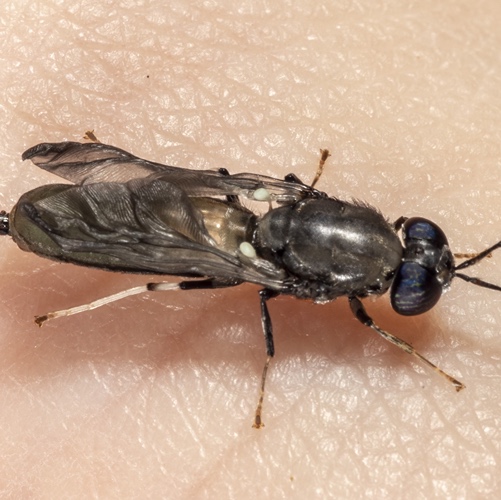Featured Stories

Meet FNR Outstanding Junior Elena Boughton
Wildlife major Elena Boughton has been selected as FNR’s Outstanding Junior for 2024-25....

Jingjing Liang named 2025 University Faculty Scholar
When Jingjing Liang, an associate professor in the Department of Forestry and Natural Resources,...

Food products from animals with heritable genetic modifications potential boon to producers, consumers and animals
Farmers have been improving the genetics of their animals for thousands of years through...

Framework to expand engagement in urban areas
Urban soils are essential to building sustainable cities — from supporting green...

Farmer sentiment improves as long-term optimism outweighs tariff concerns
Farmer sentiment improved in April as producers expressed more optimism about current and future...

Revolutionizing waste: How black soldier flies transform food waste into sustainable solutions
With food waste being a growing problem around the world, finding innovative solutions is more...